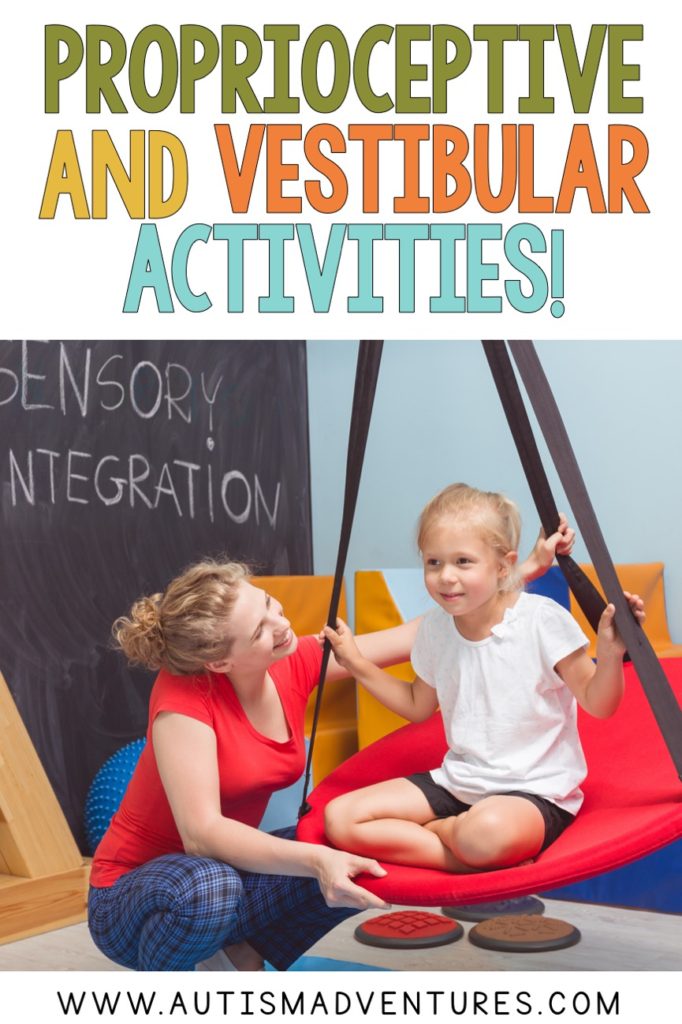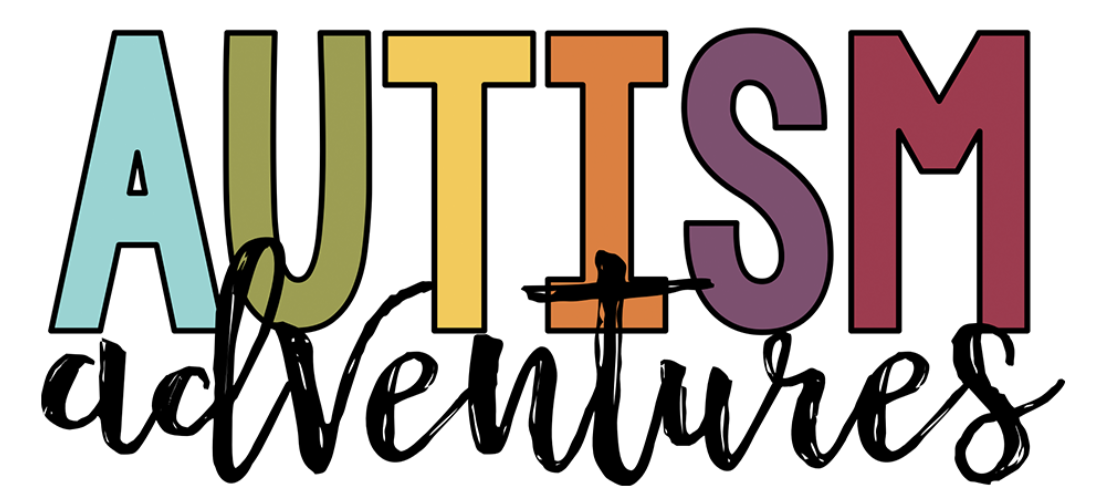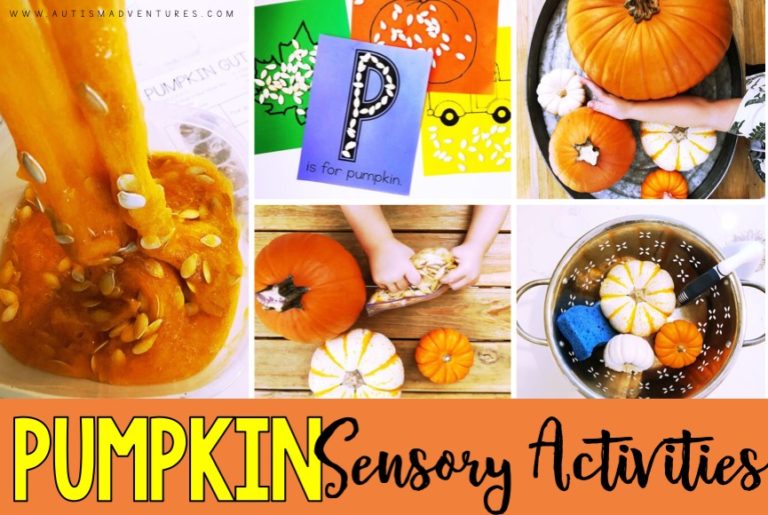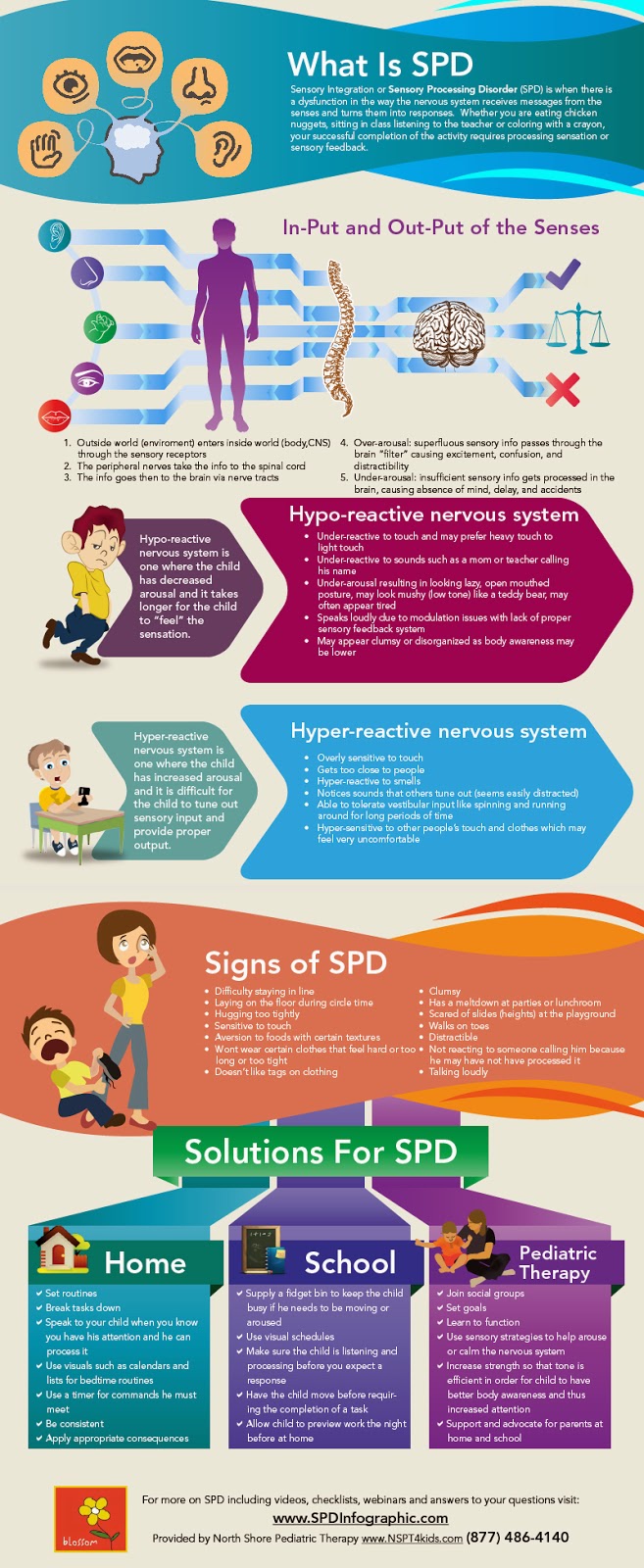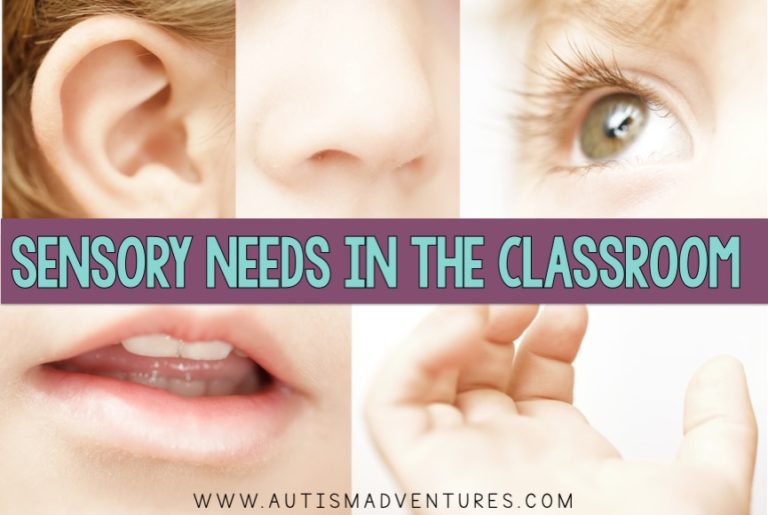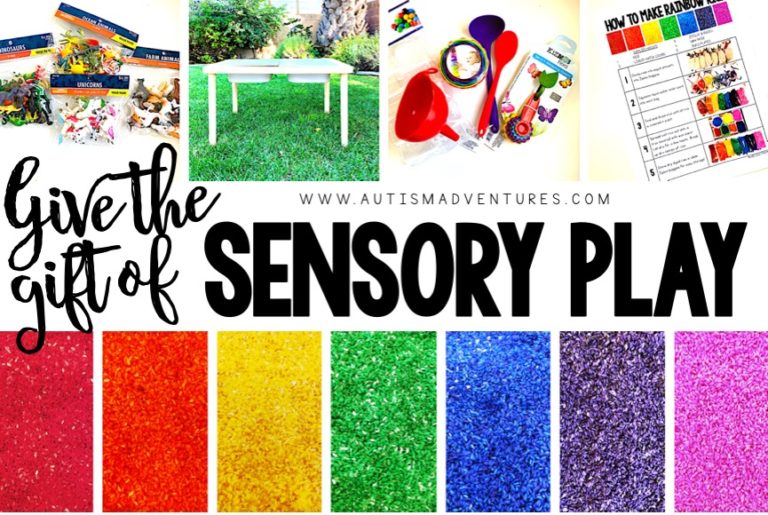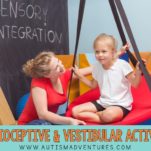Proprioceptive and Vestibular Movement Activities
Have you ever heard someone say that we have 7 senses? You obviously know about sight, sound, smell, taste, and touch. How about proprioception and vestibular senses? These terms were new to me when I first got into this field, but after having worked with kids with autism I can see why they can be considered the 6th and 7th sense. Today’s post is all about proprioceptive and vestibular movement activities for the classroom.
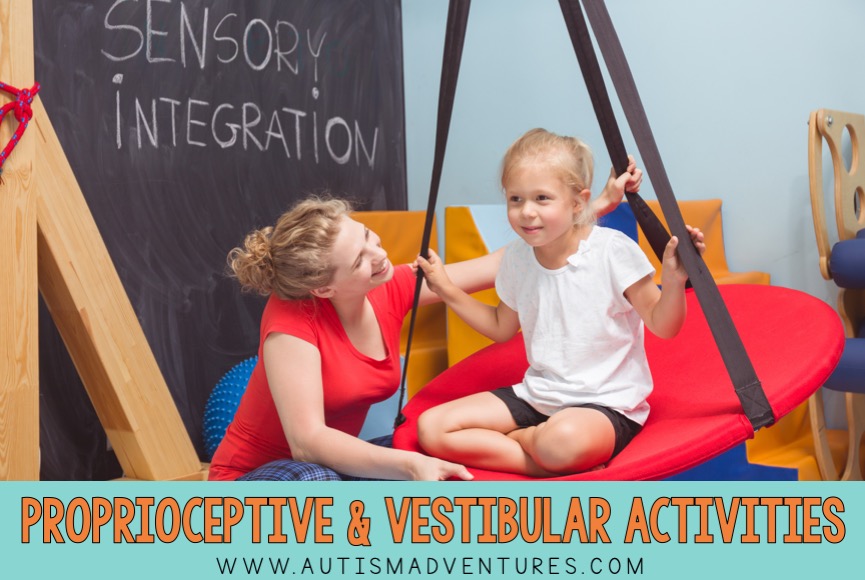
A lot of my prior students I worked with tended to have difficulties with sensory processing. One of the first things I noticed with my kids was their issues with body awareness and spatial orientation. It wasn’t until I learned about proprioceptive and vestibular senses that I could fully help kids with sensory processing issues. It also helped me give them the sensory input tools they needed to be regulated.
In this post I will tell you all about the proprioceptive and vestibular senses and why they are important in the autism world and ideas for you to help your kids work through proprioceptive and vestibular related issues.
What Does Proprioception and Vestibular Mean?
Proprioception is the sense of body awareness. More specifically, it’s the ability to know how your body moves. Without thinking about it you probably know how to move from a standing to a sitting position. Your brain knows how to move your feet up and downstairs. The receptors in our muscles automatically know where our body parts are and how to use them.
Vestibular is a sense of balance and spatial awareness. That is the sense of how your body moves through space. The inner ear and brain work together and controls balance, eye movement, and spatial orientation. With the vestibular sense, I can gauge where I need to put a button through a buttonhole or how wide I need to open the door to get through.
How Does Proprioception and Vestibular Affect Kids With Autism?
As discussed in another post, Sensory Needs In The Classroom–5 Senses CheckList, I talked about how a lot of my students had difficulty with sensory processing. They often had a particular sense that is challenging to regulate.
Integrating proprioceptive and vestibular input is no different. In particular, the difficulties often come out in gross-motor and fine-motor planning.
Kids that have a hard time with proprioception may display behavior such as:
- Walking on tip-toes
- Bumping or crashing into objects and clumsiness
- Movements are quick, sudden or rigid
- Weak muscles or poor posture
- Unaware of strength or space needed for tasks
Kids that have difficulty with vestibular functions may act in ways such as:
- Poor eye-hand or eye-foot coordination
- Difficulty following directions
- Seem unregulated
- Difficulty with balance to walk, sit, or going downstairs
- Dislikes swinging, or going upside down
- Seeks out stabilizing tools like walls or railings
- Unaware of surroundings
Why Proprioceptive and Vestibular Input Is Important
When kids have difficulty with sensory processing proprioceptive and vestibular needs are often overlooked. Many times professionals think a child has a general sensory issue, tries many sensory activities but ends up with poor results. I once had a student that was unresponsive to the sensory activities offered him.
Throughout the day he would spin in circles. I let him sit in a swing but he didn’t like it. He often crashed into walls or bumped into desks. I thought he wanted to crash into pillows, but no amount of pillows helped him regulate. He had difficulty focusing on writing activities and following directions. I assumed he needed to burn off energy but a sensory break on the trampoline didn’t help him focus or pay attention.
It wasn’t until an Occupational Therapist told me about proprioception and vestibular senses that I could see why my efforts weren’t working. What I thought was generalized sensory issues turned out to be poor proprioceptive and vestibular planning.
Upon further assessment of my student, I saw he had difficulty with spatial awareness and that’s why he spun in circles and didn’t like swinging. He had a hard time balancing, that was why he bumped into things. He wasn’t looking to crash into objects. My student had low eye-hand coordination and trying to figure out how to hold a pencil distracted him from focusing and following directions.
I took a different approach and focused on activities that helped develop his proprioceptive and vestibular senses and overtime saw much better results in his performance at school.
Proprioceptive and Vestibular Movement Activity Ideas
I have a FREE printable for you summarizing the activity ideas listed below in this post. Simply print and post this in your classroom to ensure you and your staff are all consistent! Grab this freebie in my FREE RESOURCE LIBRARY!
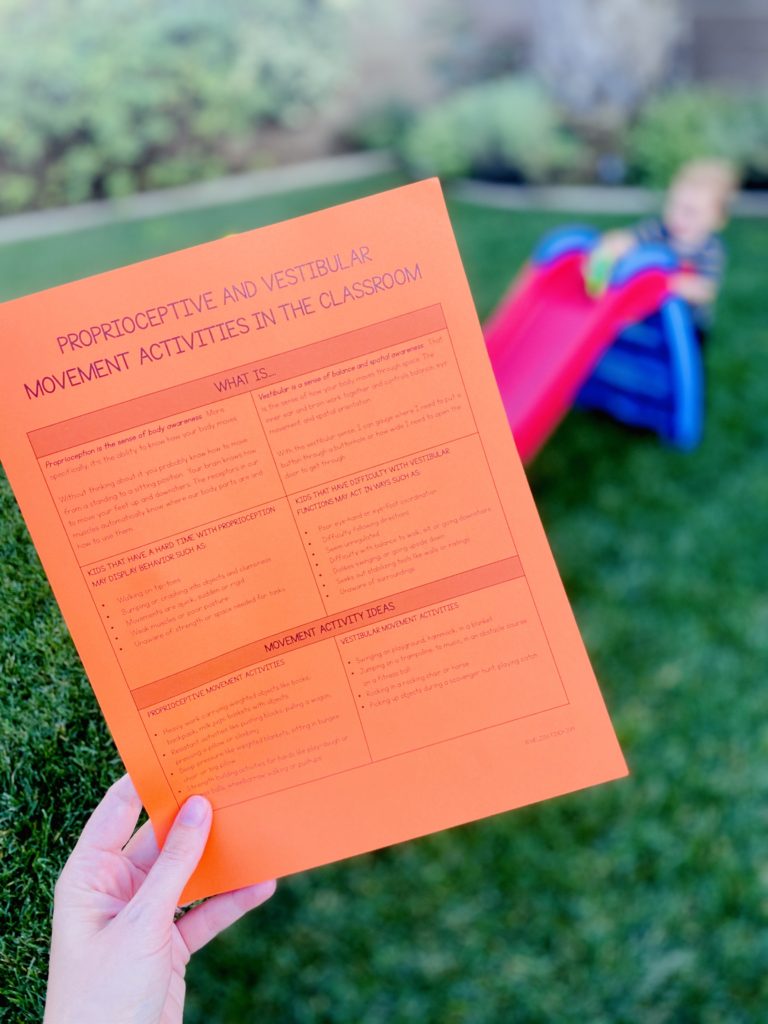
If you have a student that is displaying proprioceptive or vestibular delays here are are some activities you can use in your classroom.
Proprioceptive Movement Activities
- Heavy work carrying weighted objects like books, backpack, milk jugs, baskets with objects.
- Resistant activities like pushing blocks, pulling a wagon, pressing a pillow or climbing
- Deep pressure like weighted blankets, sitting in bungee chair or big pillow
- Strength building activities for hands like play-dough or stress balls, wheelbarrow walking or pushups.
All of these activities target the proprioceptive system because they increase awareness of bodies moving through space. Pressure and weight-bearing activities help build awareness. Strength building exercises also help develop fine-motor skills.
Vestibular Movement Activities
- Swinging on playground, hammock, in a blanket
- Jumping on a trampoline, to music, in an obstacle course on a fitness ball
- Rocking in a rocking chair or horse
- Picking up objects during a scavenger hunt, playing catch
These activities target the vestibular system because these types of movements engage the inner ear and vestibular system which in turn helps children develop a sense of spatial awareness and increases balance.
You can easily integrate these activities into your classroom as your students need them. As always don’t force a child to do something he or she may not be comfortable doing. Try something else if it’s not working.
For more tips on how to work these ideas or other sensory activities into the classroom be sure to check out these posts:
- Sensory Needs in the Classroom- Checklist
- Sensory Play in the Classroom
- How To Use A Sensory Diet In the Classroom
Like what you read? Don’t forget it, PIN IT!
